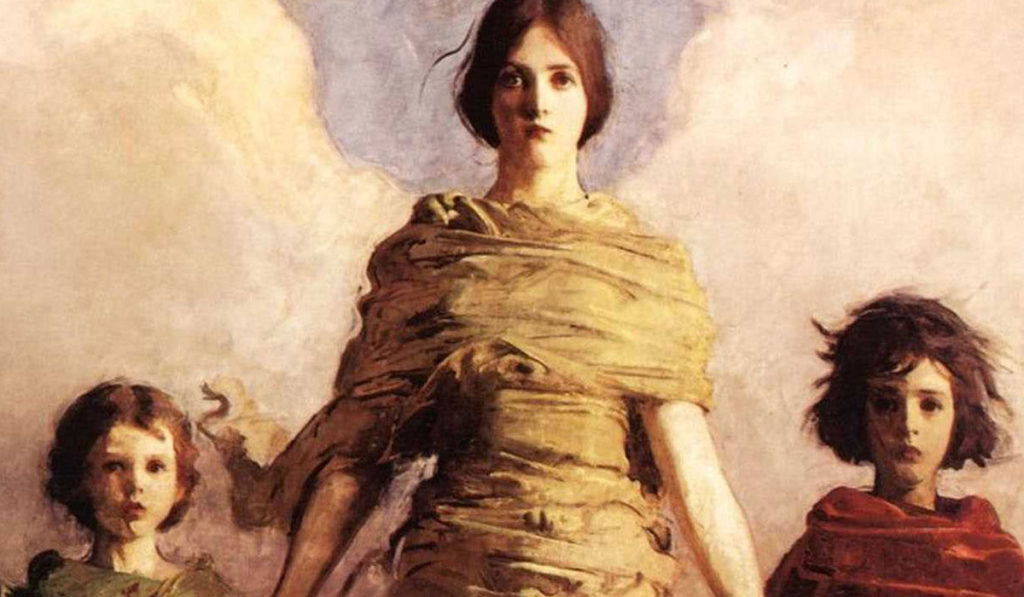
In This Month’s Changing the Map
Gentle readers, why are there so many more dystopias than utopias in fantastic fiction? We’ve seen a staggering resurgence of dystopic movies, books, and television shows, all portraying terrifying and depressing futures. Zombies, ecological disasters, oppressive political regimes, alien overlords… and that’s the short list. So what’s up? Do our inner cynics find it easier to believe that things will go wrong instead of right? Or are there just so many more ways the world can fall apart than come together?
Dark stories have their appeal. Dystopias show us how determined, resourceful people can fight back against disaster. Like a good horror movie, we imagine ourselves in the same circumstances and decide we’d find a way to prevail. So what’s the appeal of a utopia in fiction?
To show us what can be. To dream of what should be. And unfortunately for women, what should be is still a far point in the distance.
But gender equality is less far away (thank god) than it was at the turn of the century, when two women, feminists from different cultures and religions, imagined what their worlds would be like if women ran the show.
Spoiler Alert: I’m giving away the plots but not the endings.
The Role Reversal Utopia: Rokeya Sakhawat Hossain’s Sultana’s Dream
“Where are the men?” I asked her.
“In their proper places, where they ought to be.”
About the author:
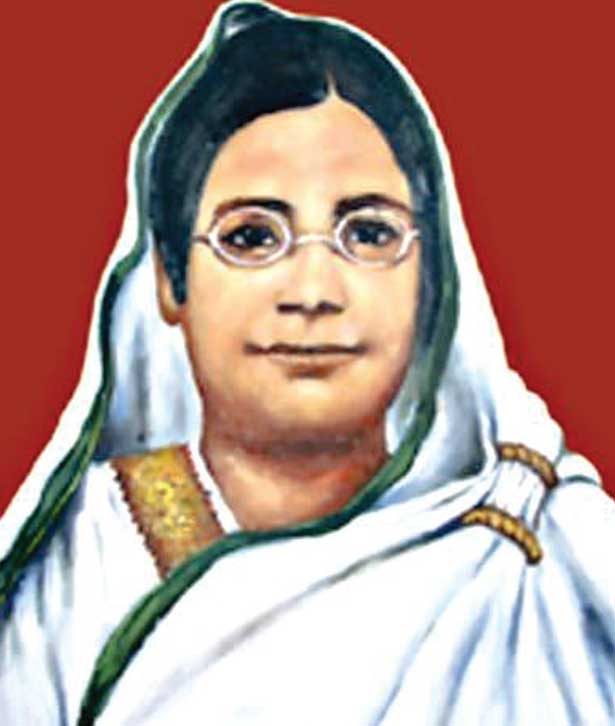 Although most American readers grew up thinking that Charlotte Perkins Gilman’s 1915 novel Herland is the first example of feminist speculative fiction, Hossain’s slender story of a reversed purdah system beat Gilman to the punch by a decade.
Although most American readers grew up thinking that Charlotte Perkins Gilman’s 1915 novel Herland is the first example of feminist speculative fiction, Hossain’s slender story of a reversed purdah system beat Gilman to the punch by a decade.
At the time she wrote it, Hossain was not yet what she would become — the most well-known feminist of the Bengali Muslim world. In 1905, she was an essayist in the Indian state of Bihar, trying to bring attention to the disadvantages and abuses of purdah — the veiling and physical seclusion of women in their homes, which denied them the social and educational opportunities of the outside world. Her articles were raw and biting. She could have lived out her life as an essayist. Thankfully, she didn’t. Hossain tried her hand at fantastic fiction and was able to get the world’s attention in a way her journalism couldn’t.
Originally published in The Indian Ladies’ Magazine and later printed as a stand-alone novel, Sultana’s Dream is best described as reverie or time travel rather than an alternate future.
The Story:
The protagonist, a woman, seems to doze off. A woman appears and invites her to walk out of her house and into the city. At first she is shy and worried about being outside without her veil until her companion reassures her.
You need not be afraid of coming across a man here. This is Ladyland, free from sin and harm. Virtue herself reigns here.
Men are not the only thing Ladyland appears to be free of. It’s free of mosquitoes and epidemics due to superior Ladyland sanitation. It’s free of choking smoke from cook fires because the female residents have mastered solar heat and power. Drought and flooding and even mud are things of the past. Ladyland’s lady scientists have mastered control of the weather, and Ladyland’s agricultural system is efficient and abundant due to the use of electricity.
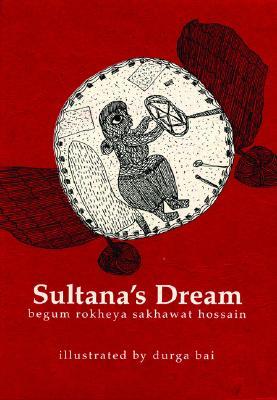 What makes Hossain’s story fantastic fiction is this: all the wonders of Ladyland depend on future science, on the inventions that Hossain and every woman must have hoped for in the midst of the dirty, dangerous Industrial Revolution. She imagined science as the liberator of women.
What makes Hossain’s story fantastic fiction is this: all the wonders of Ladyland depend on future science, on the inventions that Hossain and every woman must have hoped for in the midst of the dirty, dangerous Industrial Revolution. She imagined science as the liberator of women.
So what makes this a role reversal story? The location of the men. In Ladyland, it’s women who get to move freely through the world, to invent and build and create, while men are confined to purdah. Tricked into entering purdah after a battle, the men have been kept there ever since, and so much time has passed that they have “ceased to grumble at their seclusion.” Now Ladylands’ men spend their time confined in the house, minding babies and cooking.
Yes, it’s a stretch for a contemporary woman to imagine men would be okay with that. And there’s certainly other things to pick apart in the story — 110 years later, we can’t begin to change or control the weather in a positive way, and hydrogen — the element that powers Ladyland’s nifty little helicopters — is a problematic fuel source. But those are nits in an otherwise lovely story.
How Sultana’s Dream Changed the Map:
Hossain wanted to show that if women were in charge, they would change the world to improve issues that affected all people but particularly women and children, like hunger, health, and sanitation. The women of Ladyland had what some of the women in Hossain’s world did not — free movement, the opportunity for intellectual pursuits, and for their concerns to be reflected in urban planning, scientific development, and politics.
Of all the concepts in Sultana’s Dream, the reverse purdah storyline is the most subversive. By forcing people to look at the absurdity of a fictional concept — men locked up to take care of babies — it points out the absurdity of expecting women to do the same. That’s the power of speculative feminist fiction. Over time, purdah in India became increasingly rare and regional, a religious observance women could choose to do instead of being forced to do.
If Rokeya Sakhawat Hossain could come back to life, I’m sure she’d be depressed to discover that a rise in more conservative interpretations of Islam in some Arab countries has resulted in women losing their hard-won rights to free movement, study, and societal participation — the very things she argued for in Sultana’s Dream.
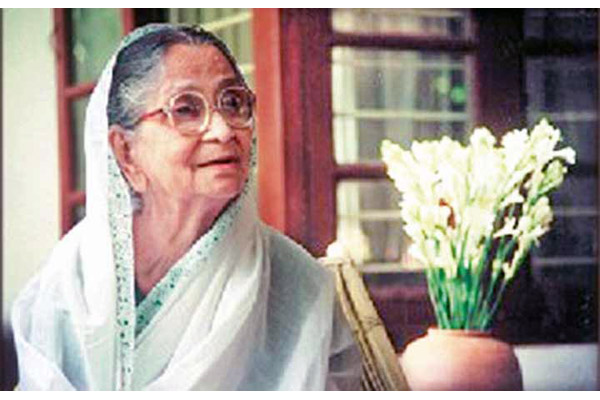
The Parthenogenesis Utopia: Herland, by Charlotte Perkins Gilman
“Why, this is a civilized country. There must be men.”
About the author:
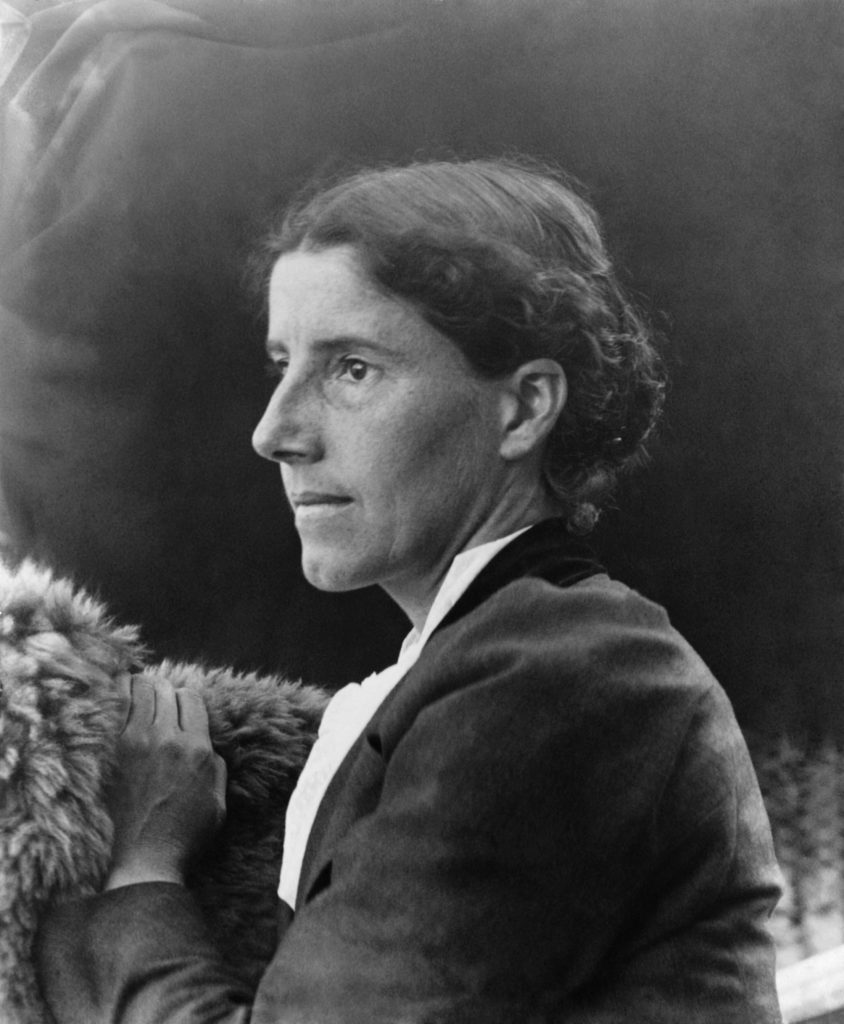 Charlotte Perkins Gilman wrote her most famous story, Herland, near the end of her career and her life, long after the publication of her Gothic classic, The Yellow Wallpaper, made her a famous feminist. During her life she wrote hundreds of stories, a dozen novels, and was an acclaimed lecturer. With Herland, she chose the concept of a utopia story as a way to examine the gender stereotypes she wanted to destroy.
Charlotte Perkins Gilman wrote her most famous story, Herland, near the end of her career and her life, long after the publication of her Gothic classic, The Yellow Wallpaper, made her a famous feminist. During her life she wrote hundreds of stories, a dozen novels, and was an acclaimed lecturer. With Herland, she chose the concept of a utopia story as a way to examine the gender stereotypes she wanted to destroy.
The story:
Herland opens as three turn-of-the-century explorers — courtly southerner Jeff, rational sociologist Van (our narrator), and rich playboy Terry — opine sadly that the great hidden places of the world have already been explored. When they hear about a remote land where only women dwell, they’re off. We already know Terry’s going to be a problem when he starts fantasizing on the journey there: “You’ll see, I’ll get solid with them all… I’ll get myself elected King.” They anticipate finding a society where women quarrel with each other, where there’s no order or progress, and where everything is primitive, based on their own 1915 views of female capacity.
When they finally reach the decidedly-not-primitive Herland and come across three young women, we get the first inkling of how badly things are going to go wrong. Playboy Terry tries to chase down one of the girls, and not for the purpose of mutual cultural understanding.
Of course they are caught and easily overpowered by the women of Herland, whose attentiveness to physical health and prowess must have seemed like science fiction to Gilman, but sounds perfectly normal to the fit and strong women of 2016. The explorers are chloroformed (a strange echo of Gilman’s personal life — she killed herself using the same method) and taken to a prison. Here they’re constantly guarded by sturdy middle-aged women whom they cannot charm nor overpower. The libidinously frustrated Terry (women-only societies not being very much fun if you don’t want to bed your jailors) plans an escape.
It must be said that unlike the quiet tone of wonderment in Hossein’s story, Herland reads like a ripping yarn in its first act. The men are caught, brought back to the prison, and surprisingly, not killed. That’s when we discover that the women of Herland have an interest in keeping them alive — initially to learn from them about the histories and scientific inventions of the outside world. Eventually, to mate with Herland women in order to return the country to a bi-sexual society.
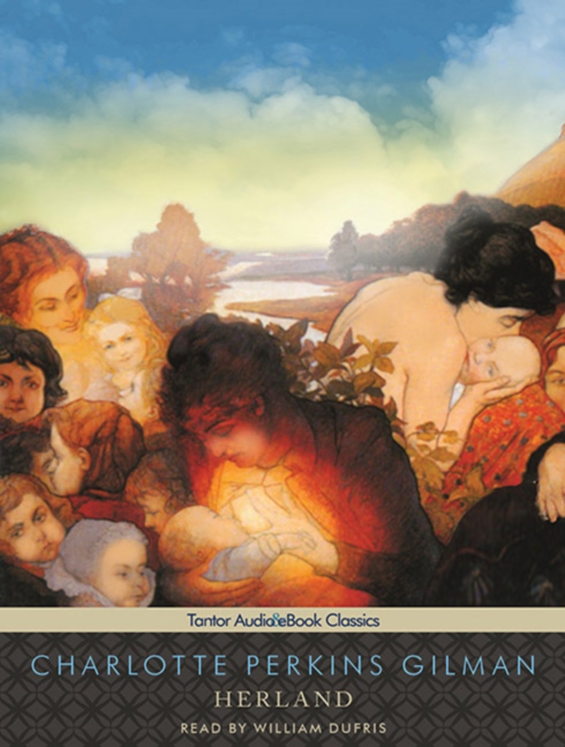 It’s in the rather slow-moving second act of that we get Herland’s backstory. After a natural disaster separated all the men from the women, spontaneous parthenogenesis occurred, which was the result of the women wishing and longing for motherhood in the absence of men. The population was refreshed by more women (no men), and they’ve continued on healthfully for hundreds of years. It’s in these descriptions of Motherhood as Religion, and children as the only point of existence, that the novel feels dated and strange to contemporary readers. Rather than supporting what we hold to be true feminism today — that a woman who chooses to devote her life to something other than motherhood is just as much a woman as any other — Herland’s central argument is that all women long to be mothers, and wish to work for the betterment of children. Of course Herland women devote themselves to specific careers — agriculture, engineering, the arts — but these pursuits pale against the joy of giving birth (and it’s an ironic argument, given that we know Gilman gave up her own daughter to the care of her ex-husband).
It’s in the rather slow-moving second act of that we get Herland’s backstory. After a natural disaster separated all the men from the women, spontaneous parthenogenesis occurred, which was the result of the women wishing and longing for motherhood in the absence of men. The population was refreshed by more women (no men), and they’ve continued on healthfully for hundreds of years. It’s in these descriptions of Motherhood as Religion, and children as the only point of existence, that the novel feels dated and strange to contemporary readers. Rather than supporting what we hold to be true feminism today — that a woman who chooses to devote her life to something other than motherhood is just as much a woman as any other — Herland’s central argument is that all women long to be mothers, and wish to work for the betterment of children. Of course Herland women devote themselves to specific careers — agriculture, engineering, the arts — but these pursuits pale against the joy of giving birth (and it’s an ironic argument, given that we know Gilman gave up her own daughter to the care of her ex-husband).
It’s also this backstory that makes the idea of mating with men so problematic. If you’re able to achieve parthenogenesis without the costs (Gilman does a bit of scientific handwaving regarding mutations), and your society is so perfect, why risk reintroducing men into the mix? It’s the central headscratcher of Herland.
Of course things go wrong with this plan. Although our narrator and his gentle buddy get along well with their emancipated Herland wives, our playboy doesn’t. Terry does not feel his wife is affectionate or submissive enough, and drags her off to “master” her. It seems very clear that by “master,” Gilman really meant marital rape, a word she probably didn’t dare use in 1915. Terry is arrested, tried, and found guilty. The women of Herland mull an appropriate punishment. That decision is one thing I won’t spoil for those who haven’t read it. But I will say it’s always left this reader thinking, That’s a horrible idea.
Like Sultana’s Dream, there are also problems in this novel that don’t stand up well to close examination. Racism, for one. Gilman makes a point to observe that the fair-skinned residents of Herland are of superior Aryan stock (her word, I’m afraid). In that respect, and because she wrote at length about those views outside of her fiction, Gilman is a deeply flawed feminist hero.
There’s one other rather major flaw that might stick in the craw of modern women — Gilman’s idea that desire is psychological, not physical. Although the women of Herland have been alone for centuries, their bonds are strictly platonic, and in Gilman’s world, female sexual love or sexual necessity is something that doesn’t exist in the absence of men, and barely exists with it.
How Herland Changed The Map:
Gilman accomplishes what she set out to do: smash stereotypes about women and what they are capable of. Herland’s great structures, impressive engineering, and mastery of horticulture hit the same notes we see in Sultana’s Dream. But Gilman goes a bit further, showing us the philosophical arguments behind those achievements, letting her women argue with men about their stereotypical notions, then breaking down those arguments skillfully. Rather than just turning the stereotyping of women on its head, she picks it apart, thoughtfully, slowly, and convincingly.
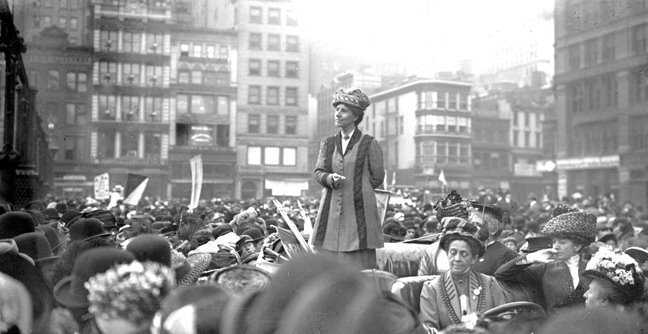
Next Month:
We’ll talk short stories and feminist theory with Justine Larbalestier’s excellent book Daughters of Earth. What were feminist science fiction writers imagining in the 1930’s and 1940’s? Pick up a copy and find out!

Finally! I knew I recognized Gilman’s name but I couldn’t remember where from, but it’s The Yellow Wallpaper. Now that’s a story I haven’t read in ages…
It’s amazingly creepy. Even creepier because it happened to the author. Ah, the “rest cure.”
This was a great refresher of two books I last read in college over 10 years ago (for a philosophy course on utopia/dystopia). Thanks!
Thanks for reading!!!
I read Sultana’s Dream and loved it! It felt really modern despite being written a hundred years ago.
It did feel modern, didn’t it? Hossain focused more on science as the driver behind change for the better. I think that’s what makes it feel fresh, 111 years later!